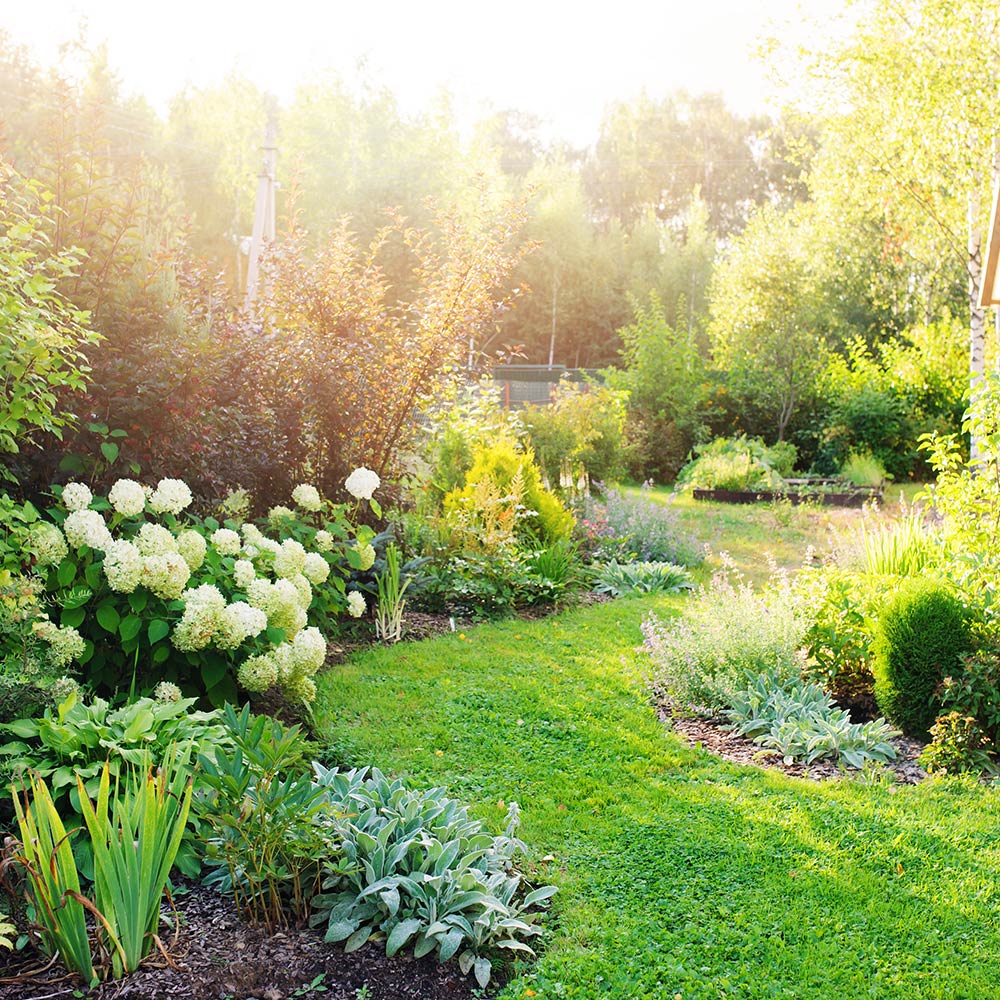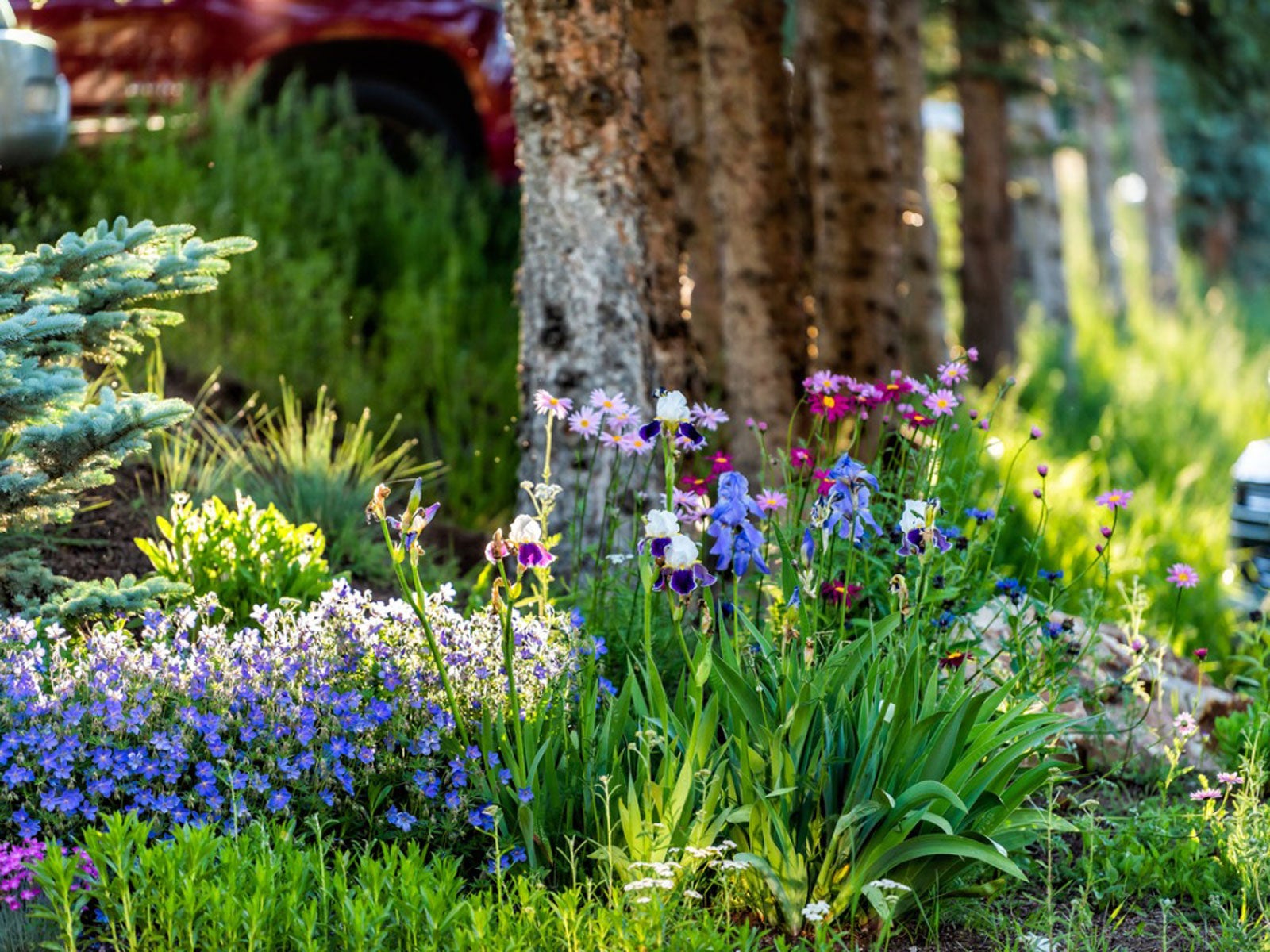Grow Happy Year-Round: Your Friendly Guide to All-Season Gardening Success

Gardening all year long might sound like a grand challenge, especially when you’re just starting out or have felt discouraged by seasonal setbacks. But here’s the encouraging truth: with a bit of thoughtful planning and gentle care, your garden can offer growth and harvest every single month of the year. It’s not magic—just understanding your garden’s natural cycles and teaming up with them.

When I first tried all-season gardening back in 2019, I remember staring at my bare winter beds, doubting if anything could survive the frost. Spoiler: it absolutely can! The key is breaking down the year into manageable parts and picking plants that love each set of conditions. Think of it as a well-paced story where characters—your plants—take turns shining on stage through spring, summer, fall, and winter.
Understanding Your Garden’s Seasonal Cast
-
Spring & Fall: This is when cool-season vegetables — like crisp lettuce, hearty kale, sweet carrots, and tender spinach — feel right at home. They thrive in cooler temps without melting under heat.
-
Summer: Here come the sun-lovers! Juicy tomatoes, vibrant peppers, bushy beans—all basking in warmth to reward your patience.
-
Winter: Don’t dismiss this season just yet. Swiss chard and kale are surprisingly tough customers. Adding simple protections like cold frames or thick mulch layers creates microclimates warm enough for these greens to soldier on.
For example, one winter I wrapped my raised beds with row covers made from lightweight fabric I found at a local garden center (cost me around $15). That small investment let me harvest fresh spinach well into December when neighbors were hauling out dead plant debris.
Busting Myths That Can Hold You Back
Myth #1: “Gardening only happens during spring and summer.”
Actually, with strategic planting schedules and protective covers (think DIY cold frames or thick mulch), you create a living calendar where something is always growing—turning what once seemed dormant into productive seasons.
Myth #2: “Protecting plants from frost requires fancy gadgets."
In truth, simple techniques suffice! For instance,
- Pile straw or shredded leaves around roots after the first frost warning.
- Cover young shoots with breathable row covers during chilly nights.
- Build or repurpose cold frames; even an old picture frame plus some clear plastic sheeting can make a surprisingly effective mini-greenhouse.
This hands-on approach doesn’t just save your crops—it stretches fresh food availability far beyond typical limits.

Myth #3: “I can’t keep my favorite veggies alive year-round.”
Not entirely true! While tomatoes won’t enjoy winter frosts outside, staggered planting helps. Sow quick-growing leafy greens before last frost dates; then after harvesting in midsummer, switch to warm-weather fruiters; finally reseed another batch of cool-weather crops for late fall. Think of it like rotating players on a sports team ensuring constant action—and fresh produce!
Real Life Wins To Inspire You
In New England's chilly winters where I live, I saw a neighbor use heavy straw mulch plus row covers to grow kale through January snowfalls—she picked leaves that tasted sweeter than midsummer’s. Meanwhile, friends in Southern California alternate between lettuce during mild winters and peppers come sunny summers without fuss.
Even city gardeners bring herbs indoors by windows with grow lights during harsh months—proving location isn’t a deal-breaker if you’re willing to adapt creatively.
Handling Hiccups Like a Pro
You might worry about surprises:
-
Freeze damage? Check yearly frost calendars on sites like NOAA early every fall & spring—they shift slightly each year! Start covering plants before temps dip below freezing rather than reacting afterward.
-
Soil fatigue? Have peas or beans fix nitrogen one season then plant hungry feeders like tomatoes next time; add homemade compost frequently to keep soil lively.
-
Pests? Try companion planting (basil near tomatoes works wonders), handpick bugs early mornings before they scatter—and reserve organic sprays as last resort.
These bumps are part of learning but fully manageable once spotted early—which becomes easier over time as you watch closely.

Getting Started Today — Step By Step
- Look up your region’s average last frost date online (a resource like USDA Plant Hardiness Zone Map helps here). This anchors your planting schedule.
- If it’s early spring now, seed cool-season greens right away; if later in spring or summer already passed frost dates? Start warm-season veggies instead.
- Gather basics for protection: mulch (straw works great), affordable row cover fabric (~$10–$20 per roll), maybe materials for cold frames if interested—starting small keeps costs reasonable.
- Set weekly reminders on your phone or calendar to check soil moisture & plant health—adjust watering accordingly as seasons change.
- Keep a simple journal noting what thrived or struggled each month—this becomes your personalized garden wisdom bank over time!
Remember how I felt doubtful that first winter? Each small success built confidence until gardening all four seasons felt natural instead of intimidating.
Your garden is an ongoing learning partner—not something perfect overnight but rewarding step by step with patience and curiosity!
Final Thought — You’ve Already Taken The First Key Step
Being open to learning seasonal rhythms means you’re ahead of many who give up waiting for next spring alone. Nature wants to collaborate—it just needs you to understand its language gently.
So start small but dream expansively: growing food year-round not only feeds bodies but nurtures resilience inside yourself too—a wonderful harvest all around!
You absolutely have what it takes to make every month count in your garden adventure!



